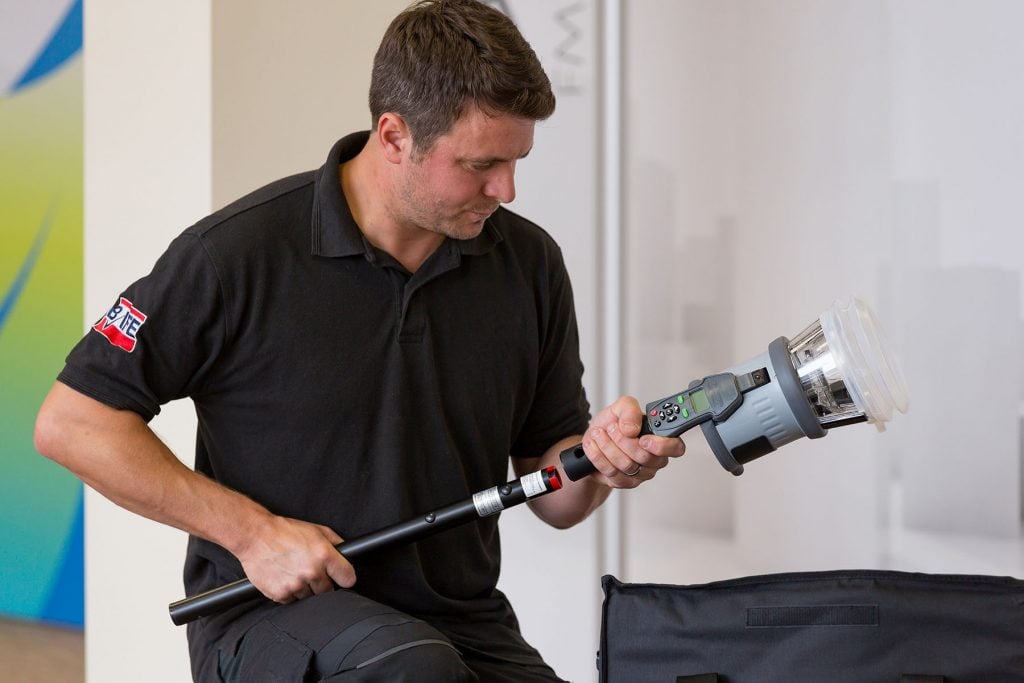
Product Update | Charging Solo Battery Batons
Product Update | Charging Solo Battery Batons https://rma.detectortesters.com/wp-content/uploads/2017/03/RMP_DT_OCS_-31-1024x683.jpg 1024 683 Detector Testers Detector Testers https://rma.detectortesters.com/wp-content/uploads/2017/03/RMP_DT_OCS_-31-1024x683.jpg- no comments
Solo battery batons and chargers are used with Testifire 1000 and Testifire 2000 multi-stimulus testers and Solo 460 cordless heat testers and have a long history of reliable operation.
It has come to our attention recently that battery batons may become abnormally hot, possibly leading to heating of the product, its surroundings and with potential to cause damage as a result. This heating occurs when a fully-charged battery remains connected to a powered charger, which has been subsequently been forced into FULL CHARGE MODE, caused by repeated power supply interruptions.
This problem has become evident with 12VDC applications alongside the increasing use of stop-start technology in modern vehicles. It can also, although less likely, occur when older vehicles make multiple short journeys (where a vehicle is again repeatedly switched on & off), and also if a mains powered charger was similarly disrupted from its socket.
Why it happens:
Upon each power-up cycle, the charger is designed to monitor battery terminal voltage over time, with the aim to detect a characteristic drop in terminal voltage which indicates the battery has reached full charge. Once the voltage drop is detected, the charger switches into trickle-charger mode. Where a drop in battery terminal voltage cannot be detected after power up, because the battery is already fully charged, the charger remains in Full Charge mode awaiting a fall in battery terminal voltage.
Repeatedly interrupting the charger supply resets the charger cycle each time, resulting in operation in Full Charge mode and the extra forced energy dissipated as heat in the battery.
Advice to Users:
The Solo Charger User Instructions state that “The battery charger and battery can remain connected under a trickle charge for several hours without damage to the battery. This maintains the battery in a fully charged state, ready for use.” This remains true where the charger power supply is not experiencing repeated interruption.
However, where the charger power is likely to be repeatedly disrupted (e.g. in vehicles with stop-start technology, or as described above), then the battery should be disconnected once fully charged in order to avoid potential over-heating.
Do not hesitate to contact our Technical Support by telephone +44 (0) 1707 282 760 or by email support@detectortesters.com with any questions or concerns.
- Posted In:
- News


